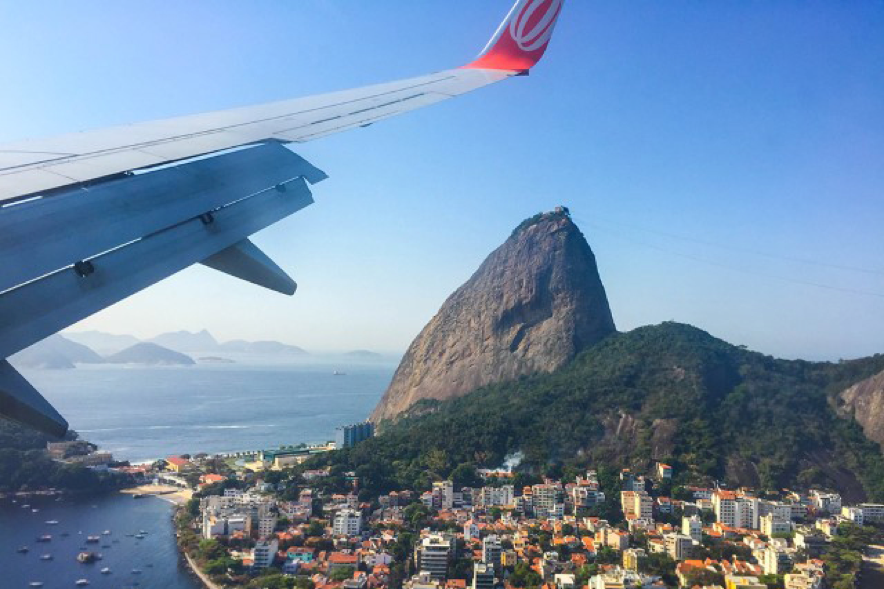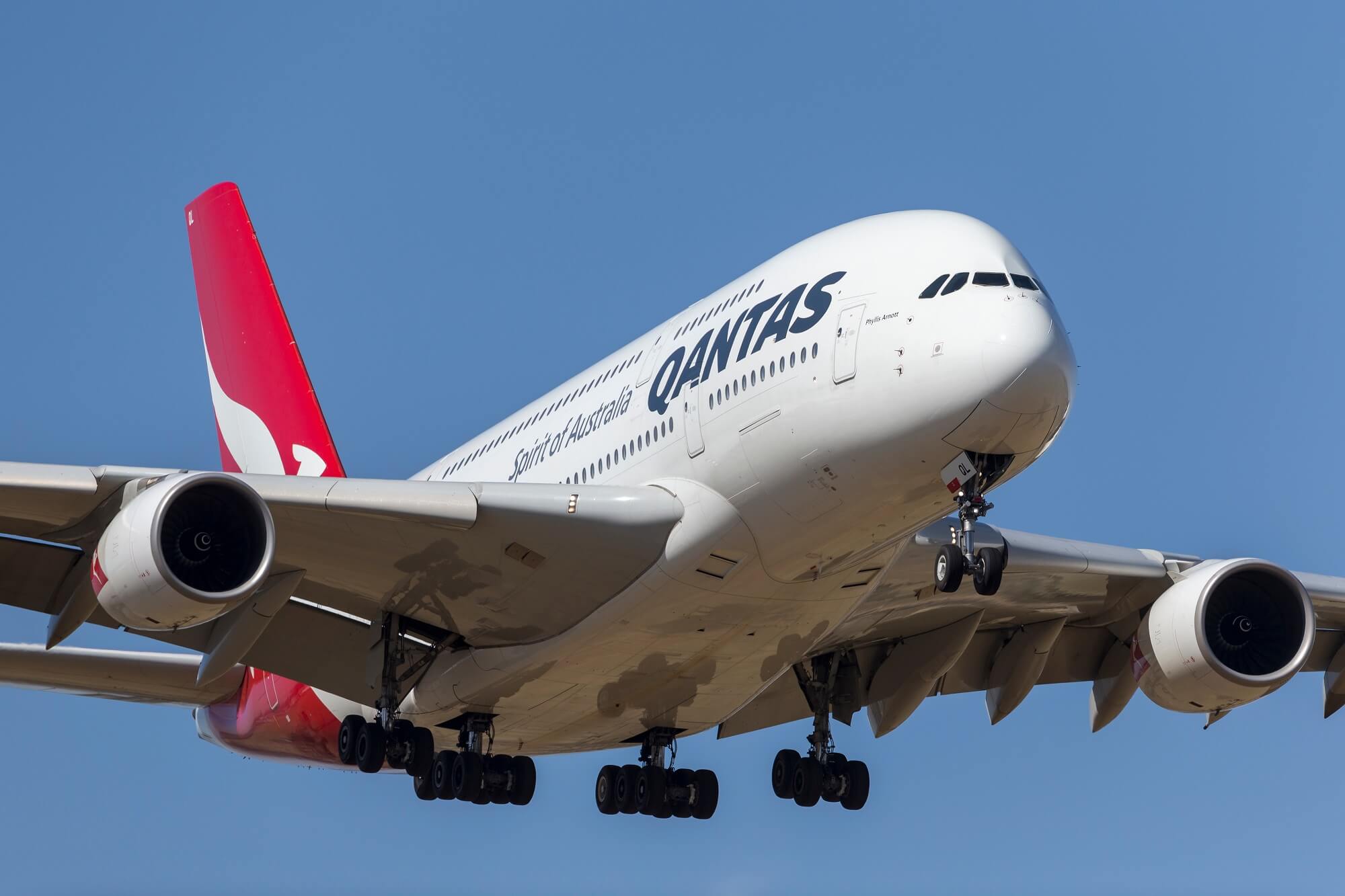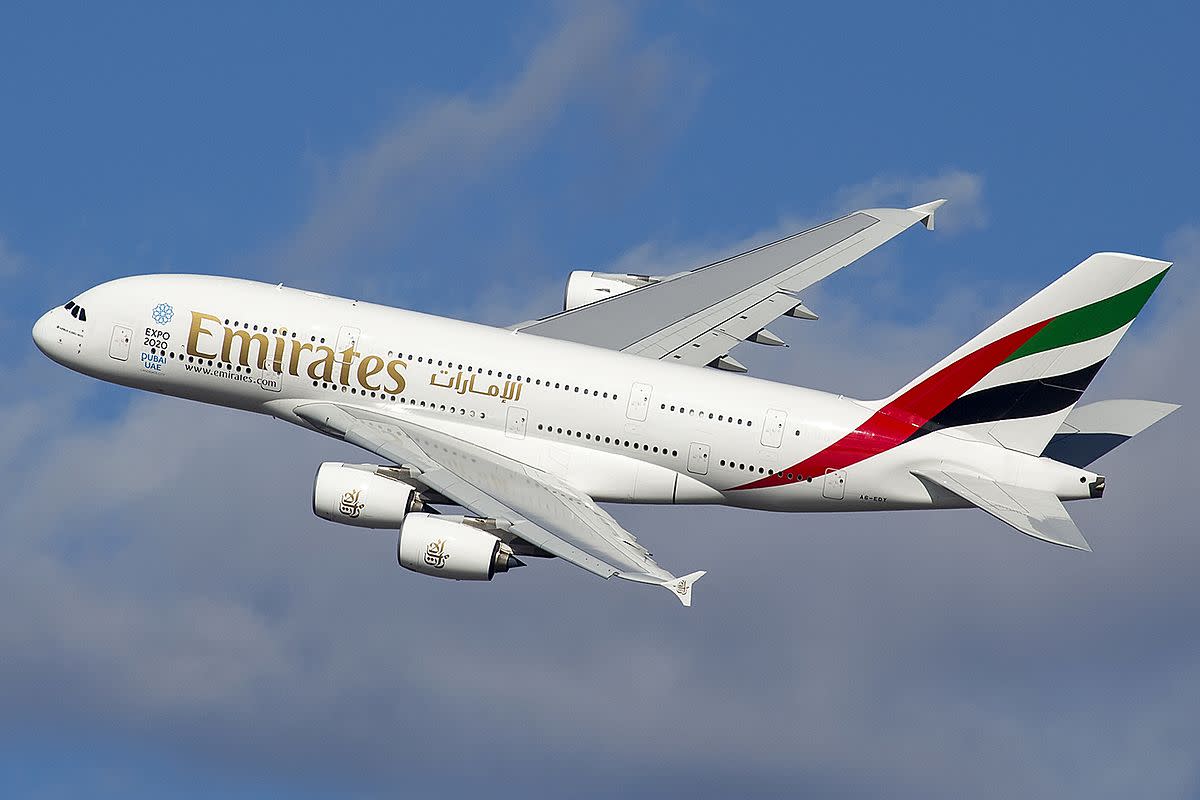Brazilian Aviation Industry

The Brazilian aviation industry has a rich history and has evolved significantly over the years, becoming a major player in the global aerospace market. From its humble beginnings to its current status as a leading manufacturer and operator of passenger planes, the industry has witnessed remarkable growth and innovation. This section will delve into the history and evolution of the Brazilian aviation industry, focusing on passenger planes, exploring the major players and their contributions, and analyzing the impact of government policies and regulations on the development of the passenger plane sector.
History and Evolution
The history of Brazilian aviation can be traced back to the early 20th century, with the establishment of the first airlines and the development of the first domestic aircraft manufacturing companies. The Brazilian government played a key role in promoting the development of the aviation industry, recognizing its potential for economic growth and national development.
The early years of the Brazilian aviation industry were marked by the use of imported aircraft, primarily from European and American manufacturers. However, the desire for greater autonomy and self-sufficiency led to the emergence of domestic aircraft manufacturers, such as Neiva, Embraer, and Avibras. These companies focused on developing and producing aircraft for the domestic market, including passenger planes.
Major Players and Their Contributions
The Brazilian aviation industry is characterized by the presence of several major players, each with its unique contributions to the sector. Embraer, the largest aerospace manufacturer in Latin America, has played a pivotal role in the development of the Brazilian passenger plane sector. Embraer’s success can be attributed to its focus on innovation, its commitment to quality, and its ability to adapt to the changing needs of the global aviation market. The company has developed a wide range of successful passenger planes, including the ERJ family of regional jets, the E-Jets family of narrow-body aircraft, and the KC-390 military transport aircraft. Embraer’s aircraft are widely used by airlines around the world, making it a significant player in the global aviation industry.
Other major players in the Brazilian aviation industry include:
- Avibras: This company is known for its expertise in the development and production of aerospace systems, including military aircraft, missiles, and rockets. Avibras has also contributed to the development of passenger planes in Brazil, particularly through its work on the EMB-312 Tucano, a light aircraft that was later adapted for civilian use.
- Neiva: Neiva was a prominent aircraft manufacturer in Brazil, known for its production of light aircraft and agricultural aircraft. The company also developed and produced several passenger planes, including the EMB-200 Ipanema, a versatile aircraft that was widely used in Brazil and other countries.
Impact of Government Policies and Regulations
Government policies and regulations have played a significant role in shaping the development of the Brazilian aviation industry. The Brazilian government has consistently supported the development of the aviation industry through various initiatives, including:
- Investment in infrastructure: The Brazilian government has invested heavily in the development of airports and other aviation infrastructure, creating a favorable environment for the growth of the aviation industry.
- Tax incentives: The government has provided tax incentives to aircraft manufacturers and airlines, encouraging investment and innovation in the sector.
- Support for research and development: The government has supported research and development activities in the aviation industry, fostering innovation and technological advancement.
Government regulations have also played a crucial role in ensuring the safety and efficiency of the Brazilian aviation industry. The Brazilian Civil Aviation Agency (ANAC) is responsible for setting and enforcing safety standards for all aspects of aviation, including aircraft design, maintenance, and operation. ANAC’s strict regulations have helped to maintain a high level of safety in the Brazilian aviation industry, contributing to the sector’s reputation for reliability.
Passenger Plane Types and Routes in Brazil: Passenger Plane Brazil

Brazil’s expansive geography and thriving economy necessitate a diverse fleet of passenger planes to connect its major cities and facilitate international travel. This section will delve into the various aircraft models employed by Brazilian airlines, the routes they serve, and how they cater to different flight distances.
Passenger Plane Models and Routes
The choice of aircraft for a particular route depends on factors such as passenger capacity, flight distance, and operating costs. Here is a table showcasing some of the most popular passenger plane models used in Brazil, along with their manufacturers and typical routes:
| Model | Manufacturer | Typical Routes |
|---|---|---|
| Boeing 737-800 | Boeing | Domestic routes, such as São Paulo to Rio de Janeiro, Rio de Janeiro to Salvador, and São Paulo to Brasília |
| Airbus A320neo | Airbus | Domestic routes, including São Paulo to Rio de Janeiro, São Paulo to Fortaleza, and São Paulo to Belo Horizonte |
| Embraer E195-E2 | Embraer | Domestic routes, particularly those connecting smaller cities, such as São Paulo to Porto Alegre, and Rio de Janeiro to Recife |
| Boeing 767-300ER | Boeing | International routes, including São Paulo to Lisbon, São Paulo to Miami, and Rio de Janeiro to New York |
| Airbus A330-200 | Airbus | International routes, such as São Paulo to Paris, São Paulo to London, and Rio de Janeiro to Frankfurt |
| Boeing 777-300ER | Boeing | Long-haul international routes, including São Paulo to Dubai, São Paulo to Tokyo, and Rio de Janeiro to Hong Kong |
Major Domestic and International Routes
Brazil boasts a vast network of domestic and international routes served by its airlines. Some of the most prominent routes include:
- Domestic: São Paulo to Rio de Janeiro, São Paulo to Brasília, São Paulo to Belo Horizonte, Rio de Janeiro to Salvador, Rio de Janeiro to Fortaleza, and São Paulo to Porto Alegre.
- International: São Paulo to Lisbon, São Paulo to Miami, Rio de Janeiro to New York, São Paulo to Paris, São Paulo to London, Rio de Janeiro to Frankfurt, São Paulo to Dubai, São Paulo to Tokyo, and Rio de Janeiro to Hong Kong.
Passenger Plane Types for Different Flight Distances
The type of aircraft used for a flight is directly related to the distance it needs to cover. Brazilian airlines employ different types of planes for short-haul, medium-haul, and long-haul flights:
- Short-haul flights (up to 1,500 km): These flights are typically served by smaller, fuel-efficient aircraft, such as the Embraer E195-E2, Boeing 737-800, and Airbus A320neo. These planes offer a comfortable passenger experience for shorter journeys.
- Medium-haul flights (1,500 km to 4,000 km): For these flights, airlines often utilize larger aircraft like the Boeing 767-300ER and Airbus A330-200. These planes have greater capacity and can accommodate passengers for longer flights.
- Long-haul flights (over 4,000 km): Long-haul flights demand aircraft with exceptional range and fuel efficiency. The Boeing 777-300ER is a popular choice for these routes, offering a comfortable and spacious cabin for passengers on extended journeys.
Challenges and Opportunities in the Brazilian Passenger Plane Market

The Brazilian passenger plane market, while boasting a robust domestic network, faces several challenges and opportunities that shape its trajectory. Understanding these dynamics is crucial for comprehending the future of air travel in Brazil.
Competition in the Brazilian Passenger Plane Market
Competition within the Brazilian passenger plane market is fierce, with established airlines like GOL, LATAM, and Azul vying for market share. This competition drives innovation and keeps fares competitive, but also necessitates airlines to operate efficiently and adapt to market fluctuations.
Infrastructure Limitations in the Brazilian Passenger Plane Market
Brazil’s vast geography presents logistical challenges for air travel. Many airports require upgrades or expansion to accommodate growing passenger demand and larger aircraft. Limited infrastructure can lead to delays, congestion, and higher operational costs.
Economic Fluctuations in the Brazilian Passenger Plane Market
The Brazilian economy’s susceptibility to fluctuations poses a risk to the passenger plane market. Economic downturns can lead to reduced travel demand, impacting airline profitability and investment. Conversely, economic growth can stimulate air travel demand, driving market expansion.
Opportunities for Growth in the Brazilian Passenger Plane Market
Despite challenges, the Brazilian passenger plane market presents significant opportunities for growth. Expanding domestic and international routes, particularly to underserved regions, can stimulate tourism and economic development. Furthermore, the emergence of low-cost carriers (LCCs) has opened new market segments and increased affordability for air travel.
Sustainable Aviation Practices in the Brazilian Passenger Plane Market, Passenger plane brazil
The increasing global focus on sustainability is driving the adoption of eco-friendly practices within the Brazilian passenger plane market. Airlines are exploring sustainable fuels, implementing fuel-efficient operations, and investing in technologies to reduce emissions. This trend presents both challenges and opportunities for the industry, requiring innovation and collaboration to achieve environmental goals while maintaining profitability.
Passenger plane brazil – Passenger planes in Brazil are a common sight, traversing the vast distances between bustling cities and remote towns. One such flight, flight 2283 , has become a subject of intense scrutiny due to its unusual trajectory and delayed arrival.
The investigation into flight 2283 highlights the intricate workings of air travel in Brazil, showcasing the complexities of navigating its diverse geography and unpredictable weather patterns.
The news cycle is a whirlwind, isn’t it? Just when you’re trying to make sense of a passenger plane crash in Brazil, the news shifts to trump press conference today , and you’re left wondering how many more twists and turns are in store.
Perhaps the focus on the plane crash will return, or maybe the world will move on to something else entirely. The news, like life, is a constant stream of surprises.
